You are viewing ARCHIVED content published online before January 20, 2025. Please note that this content is NOT UPDATED, and links may not work. Additionally, any previously issued diversity, equity, inclusion or gender-related guidance on this webpage should be considered rescinded. For current information, visit https://www.blm.gov/blog.
BLM leaders reflect on agency goals as they walk in Dr. King’s footsteps
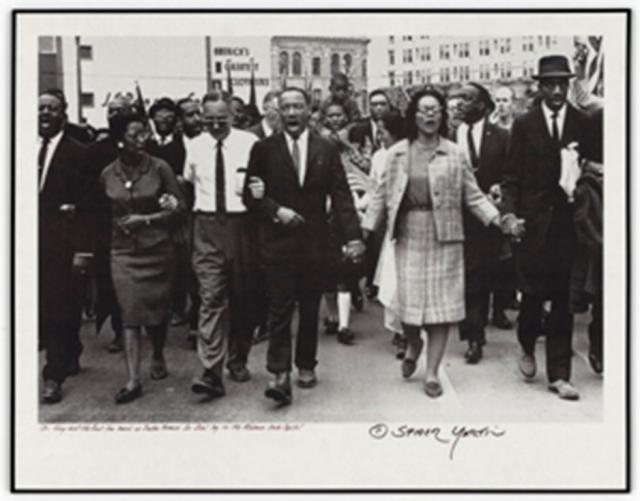
As the nation commemorates Dr. Martin Luther King, Jr.’s Birthday, senior leaders from the Bureau of Land Management are considering how the agency can apply lessons learned from Dr. King’s leadership of the American Civil Rights Movement to help create a workplace culture that is diverse, equitable, inclusive, and accessible. An improved workplace will benefit not only employees, but also the public we serve.
Senior field and headquarters leaders responsible for daily operations of the agency participated in a “Staff Ride” of key sites associated with the Voting Rights March that Dr. King led in Alabama at the age of 36 in March 1965. A Staff Ride studies an important event from history that typically includes visits to associated sites and an opportunity to consider lessons learned.
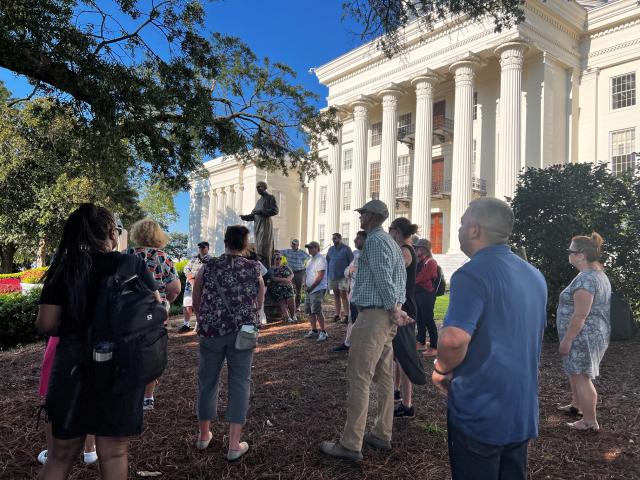
The Voting Rights March was a watershed moment in the Civil Rights Movement. It led directly to passage of the Voting Rights Act, which outlawed discriminatory voting practices adopted in many southern states after the Civil War. During the march, approximately 300 people walked more than 50 miles from Selma to Montgomery to protest these practices. As many as 25,000 participated in the final leg, which ended at the State Capitol where Dr. King delivered his “Our God Is Marching On” speech.
During a visit to sites in Alabama associated with the Voting Rights March, participants reflected on Dr. King’s great quote that “the arc of the moral universe is long, but it bends toward justice.” The group pondered how the Bureau is putting that quote into action today and where we can continue to improve as an agency.
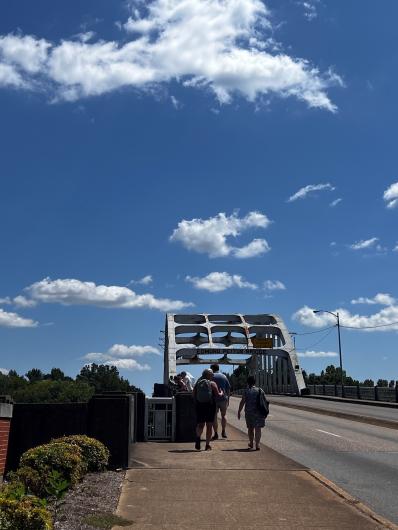
Michael Nedd, BLM’s Deputy Director for Operations, says Dr. King’s legacy continues to make him the nation’s most impactful civil rights leader. Dr. King exhibited great moral courage and leadership that led to profound changes that strengthened civil rights for African Americans.
“Having an opportunity to participate in the Selma Staff Ride is a stark reminder that we, the leaders of the nation’s largest land management agency, can take necessary steps to make public lands better for all,” Nedd said. “It will take moral courage and leadership to build a workforce, culture, and environment that fully reflects the values and faces of this nation.”
Special Agent Dylan Ragan, Deputy Director of BLM’s Office of Law Enforcement and Security, had an “aha moment.” Ragan, who grew up in the South, says he felt “…confronted by the undeniable role that law enforcement played in supporting and maintaining an unequal, unjust, and racist system.” This led to reflection on the origins of the law enforcement culture he developed in, which was based on lessons passed down in training from one generation of Southern law enforcement officers to the next.
“I ask my peers to recognize that events from the 1950s and 1960s may still impact us today and that they shape how many Americans continue to view us,” said Ragan.
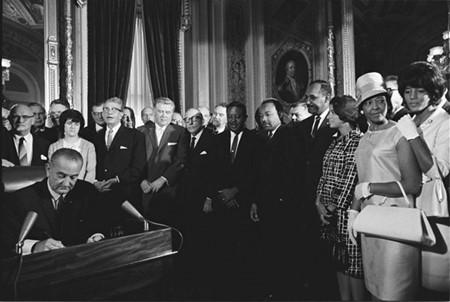
The themes of the Staff Ride were “Moral Courage” and “Leading Change.” Meagan Conry, Deputy Assistant Director of BLM Fire and Aviation, suggested the BLM leaders participate in the Staff Ride after learning of it from colleagues. It had a profound impact on her and others.
“The Voting Rights March and other Civil Rights movement events weren’t that long ago. Our society is still dealing with those issues as some people continue to try to deny American citizens their voice,” said Conry. “Having the moral courage to speak truth, stand up for what is right, and advance appropriately is critically important in BLM’s efforts to diversify our workforce and expand opportunities for the underrepresented.”
The Staff Ride included visits to key sites associated with the march, including the Dallas County Courthouse in Selma, where the voter registration office was located; the Edmund Pettus Bridge where Alabama State Troopers attacked marchers, with at least 100 injured and 17 hospitalized; and the Alabama State Capitol. Field Committee members also visited the Freedom Rides Museum, the Rosa Parks Museum, and the National Memorial for Peace and Justice.
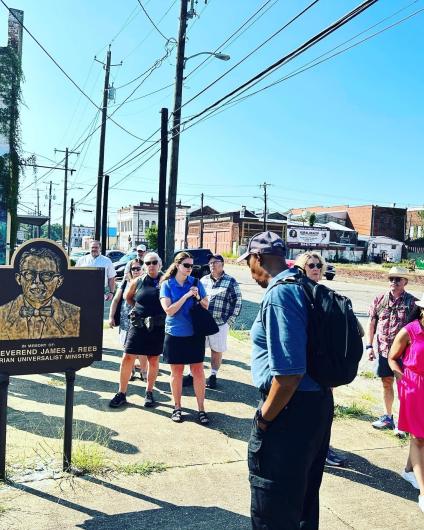
BLM leaders reflected on questions such as how to influence change from where you are, the role moral courage plays in personal and organizational leadership, and what ongoing systems contribute to progress or lack thereof.
La Shon Cole, Director of BLM’s Office of Civil Rights, believes that learning about the Voting Rights March and other Civil Rights Movement events provides context and perspective that is necessary for change.
“Many people don’t have a lot of knowledge about the long history of government sanctioned slavery, segregation, and discrimination or a thorough understanding of the nexus to underrepresentation of African Americans, and other groups, in our workforce and customer base today,” said Cole.
Learn more about The National Historic Trail from Selma to Montgomery, Alabama, from our Department of Interior colleagues at the National Park Service.
Related Stories
- Progress on Public Lands: BLM 2025 Trump Administration Accomplishments | January 20 - December 31, 2025
- Popular posts: BLM's most viewed blogs of 2025
- Smokey Bear joins Mr. & Mrs. Claus to continue LTVA annual toy giveaway
- Using science to uncover mysteries of the Mesa archaeological site in Alaska
- “Where did my horse come from?” BLM launches a new way for adopters, trainers and others to learn about their wild horses and burros
